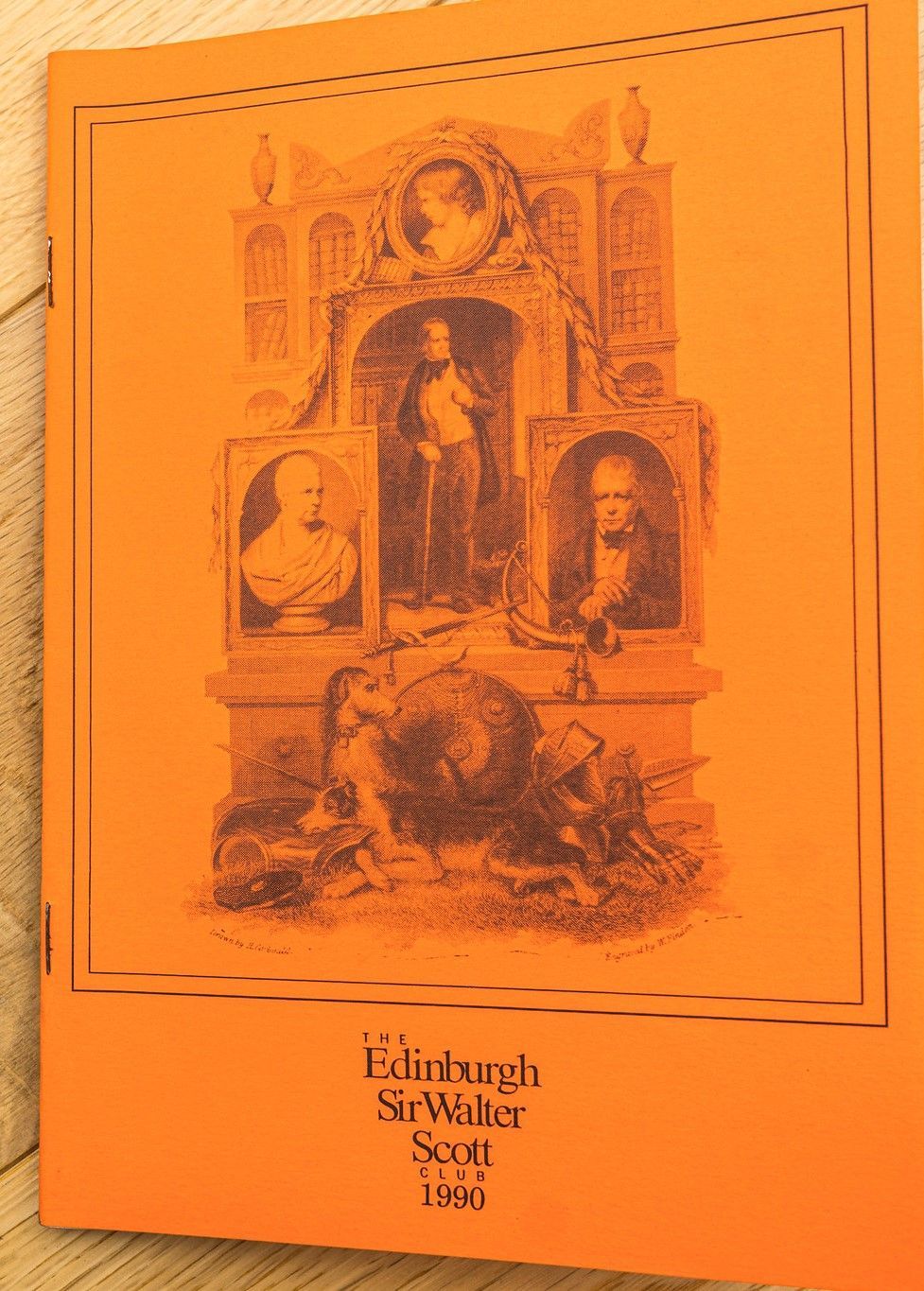The Poetry of Sir Walter Scott
Professor David Daiches
Monday 7th May 1990
Summary of the Talk:
The lecture provides a comprehensive analysis of Scott's poetic journey, his influences, and his literary style. Here's a summary with some key points that stood out:
- Early Influences and Beginnings:
- Scott's first literary ambitions were directed towards poetry, starting at a young age with translations from the Aeneid and other works. His early poems often focused on natural phenomena, a theme that would persist throughout his life.
- He was profoundly influenced by Pope’s Homer, Spenser’s The Faerie Queene, and the ballads in Percy’s Reliques, which he encountered at age 13.
- German Romanticism and the Ballad Form:
- Scott’s exposure to German literature, especially Gothic themes, ballads, and supernatural elements, led him to explore these genres, resulting in his translations of German ballads and his own original imitations, such as William and Helen and The Wild Huntsman.
- His ballad work, epitomized in Minstrelsy of the Scottish Border (1802-3), was an ambitious collection of traditional Scottish ballads, with Scott often rewriting and embellishing them to suit his poetic style.
- Narrative Poetry:
- Scott’s transition from ballad writing to narrative poetry began with The Lay of the Last Minstrel (1805), which featured variations in rhythm and meter, showing Scott’s narrative skill and affinity for dramatic effects.
- Marmion (1808) and The Lady of the Lake (1810) followed, showcasing Scott’s narrative mastery. In these poems, Scott employed vivid descriptions, dramatic dialogue, and variations in verse form to enhance the emotional impact.
- Style and Structure:
- Scott’s style was influenced by both the ballad form and the romantic tradition. He favoured long narrative poems in octosyllabic couplets, often using variations in meter for dramatic effect. His work was marked by a rhythmic flow that was ideal for recitation.
- Scott’s use of verse introductions, such as in Marmion, created a personal connection between the poet and the narrative, often reflecting on contemporary politics and nature.
- Later Works and Legacy:
- Although Scott’s later narrative poems, like The Lady of the Lake and Rokeby, maintained the same rhythmic and narrative style, his work shifted from verse to prose fiction, where he became most celebrated.
- His novels, particularly the Waverley series, eclipsed his poetic works, but the narrative techniques he developed in poetry were transferred to his prose fiction, where he helped establish the historical novel as a major literary form.
Key Points of Interest:
- Scott's early poetic practice: His first translations and writings about natural phenomena show an early affinity for vivid imagery and an emotional response to nature.
- Ballad and Gothic influences: Scott’s work was deeply influenced by the German Romantic movement, and the connection between the ballad form and supernatural themes became a significant aspect of his poetry.
- Narrative innovation: The variety in meter and the integration of lyrical ballads within his narratives, such as in Marmion, created a distinctive and dynamic reading experience.
- Shift to prose: Scott’s movement from poetry to prose fiction is significant, as he helped elevate the historical novel, and the poetic rhythm and dramatic qualities in his verse were key to the development of his narrative style in prose.
- Songs and poems in novels: Scott’s poems and songs, such as Bonnie Dundee and those in Waverley, show his knack for capturing the essence of folk traditions and weaving them into his prose to enhance the atmosphere and emotional depth.
This lecture underlines how Scott's poetic works laid the foundation for his later achievements in prose fiction, marking his unique place in literary history.
Download the [Transcript] or Read the [Bulletin]

Download the [Transcript] or Read the [Bulletin]


